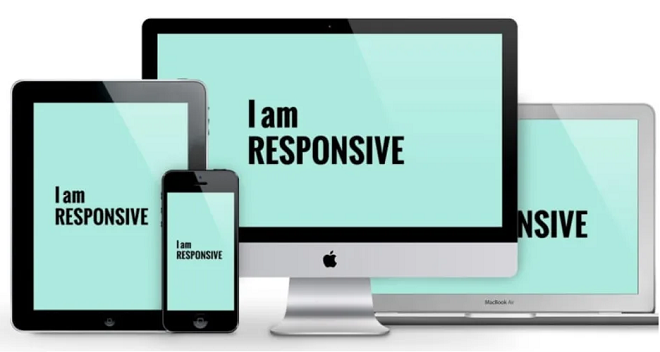Making an effective and frequently visited website can be challenging for web designers. They have to juggle speed and quality aside from other key features in the websites they make. Most clients of web designers are business websites, where they face a tough challenge of not only making a website aesthetically appealing but also making it functional, relevant and intuitive to convince site visitors to choose it over the competition. That’s why creating an awesome website is such an important factor in the success of your business, according to a trusted Miami web design agency.
This is why positive user experience (UX) is a significant element in setting a business apart from competitors. Thus, web designers should include UX in their web design considerations. Here, we’ll share four key things web designers can do to improve user experience.
1. Improve Website Responsiveness
Speed is king when it comes to website design and development. The aesthetic impact of the website can be reduced or even rendered if the page loads slowly. We are living in a fast-paced world, and users are correspondingly in need of fast access to the resources they want over the internet. Balancing an attractive website design and a fast website design can be tough for web designers, but readily available templates for website pages and functionalities can lessen the load for both the designers and the servers. Pre-designed templates are usually optimized to improve the loading time of the pages of a website, whichever way they are accessed by customers.

Some customers may directly access the page though web search while others explore the main page of the website and click on the different page links. Both methods should work fine and should respond quickly to give access to customers and keep them from leaving your website.
2. Optimize the Website Pages
Website owners may have a lot to say or incorporate into their websites by creating different pages within the main page. This not only affects the loading time of the website, but it can also be overwhelming for customers. From the user’s point of view, having a lot of links to click on just to get to the part they need to view can be frustrating, and that is what web designers should work on. They should keep in mind that not all customers or users visit a certain website and know what they want to do. Others want to know more about the website, but they don’t want to be flooded with information either.
An efficient website design that keeps user experience in mind should have an optimal number of tabs and pages where all the necessary information can be found. Simplified navigation on a website certainly improves user experience.
3. Make the Website Mobile-Ready
Web designers should also consider the mode of access most users are currently using. Currently, there are more than 3 billion smartphone users in the world, and more than 90% of these users also access the internet using their smartphones.

Having a website that is designed to be responsive and navigable through mobile devices is a big advantage for businesses and is also an emerging priority for UX-based web designs. More people find it convenient to access the internet through mobile phones, so if your web design has a mobile-friendly version, you will gain a solid foothold of the mobile venue, which is the next frontier in online business.
4. Create Efficient and Attractive CTAs
The website’s calls to action (CTAs) are essential guides for site visitors. Whatever the intention of the visitor in checking your website, it is necessary to have buttons or links that will guide them on their next course of action.
Select attractive colors that stand out from the rest of your website theme to catch the attention of visitors. Create effective and actionable words along with these buttons or links such as learn more, purchase here, explore, subscribe, etc. The conversion rate of websites with attractive CTAs will greatly increase because the visitors will feel well-accommodated and guided with your navigation.
There are still a lot of tweaks that web designers can incorporate to improve the user experience. They should consult and coordinate with their clients on the best possible enhancements to enhance UX. When users are happy and satisfied with their exploration of a website, they are more likely to visit again or refer the site to others. In a way, improving your UX also enhances your customer base, market reach, and profitability potential.

